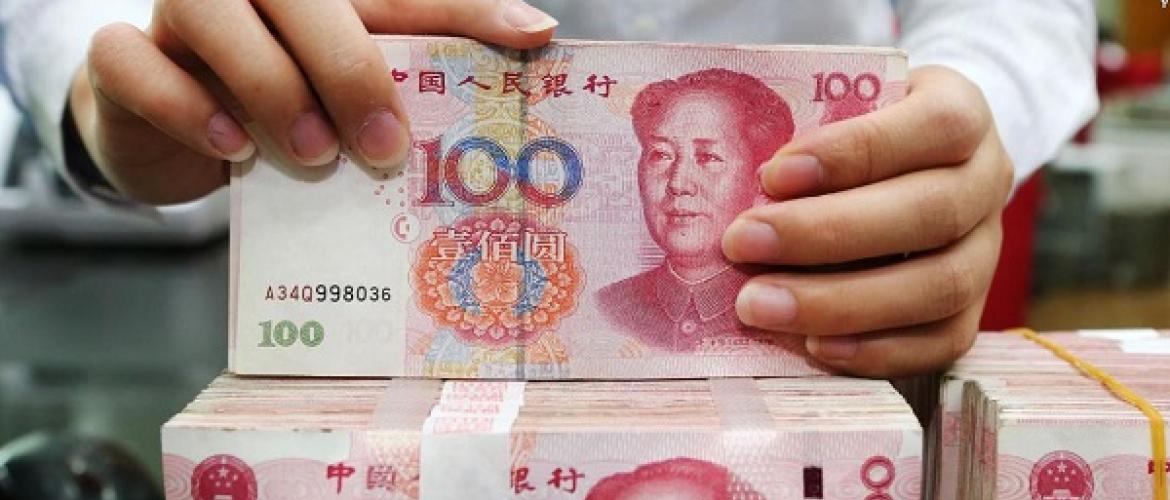China introduces new tax cuts
January 11, 2019 | Expert Insights

Chinese policymakers are continuing their piecemeal approach to arresting the slowdown in the world’s second-largest economy, as further details emerged of measures to ensure credit to small businesses and ease their tax burden.
Background
China is the second largest economy in the world after the USA. According to certain forecasts, its GDP growth is slated to overtake America’s GDP in another 10 years. A hub for the manufacturing industry, China is the fastest growing economy. Its economic growth has been over 10 per cent for over 30 years.
Since initiating market reforms in 1978, China has shifted from a centrally planned to a more market-based economy, experiencing rapid economic and social development. GDP growth has averaged nearly 10 per cent a year and has lifted close to 800 million people out of poverty. A hub for the manufacturing industry, China is the fastest growing economy.
However, in recent years, China’s exponential growth has come at the cost of increased debt. According to statistics, its debt is more than 250 per cent of the GDP and is much higher than the US. It is, however, lower than Japan, which remains the world’s most indebted leading economy. Experts have said that if China’s trajectory continues, then it will be looking at an economic slump sooner than later.
The International Monetary Fund endorsed China's Yuan as a reserve currency two years ago -- putting it in an elite club that includes the U.S. dollar and British pound.
Analysis
Chinese state media announced a package of tax cuts for small and micro-sized businesses -- the backbone of the economy -- worth 200 billion yuan ($29 billion) per year over the next three years. That’s consistent with a modest increase in the targeted budget deficit for this year that Bloomberg reported earlier, and matches the aim of a new targeted funding tool that the central bank announced will start this month.
As China and the U.S. inch toward a possible deal in negotiations over their trade standoff, incoming domestic data have pointed to a sharper slowdown in the first quarter, with even the nation’s households tightening their belts -- auto sales posted their first annual drop in decades in 2018. At the same time, officials are refraining from full-scale stimulus due mainly to concerns over debt levels and financial stability.
“The government definitely wants to stimulate the economy, but it is also concerned about the slowing fiscal revenue growth amid a down-cycle, as well as the long-term fiscal sustainability due to the aging population,” Larry Hu, head of China economics at Macquarie Securities Ltd in Hong Kong wrote in a note.
The economy expanded 6.5 per cent in the third quarter from a year earlier, the slowest pace since the aftermath of the global financial crisis in 2009.
The decision to cut corporate-income tax, value-added tax and other corporate taxes was announced on CCTV after a state council meeting chaired by Premier Li Keqiang on Wednesday. It came right after the central bank said its new program to encourage banks to lend to small and private companies would begin later this month.
The targeted Medium-Term Lending Facility, which lends cash for up to three years, was announced in December and will encourage banks to lend to small and private companies which are facing credit shortages due to a government debt crackdown.
The twin monetary and fiscal efforts so far mean that the response to the slowdown isn’t coming at the expense of a budget blowout. The Finance Ministry agreed the proposed deficit target of 2.8 per cent of gross domestic product at its annual work conference in December, two people familiar with the matter said. The figure, which compares with 2018’s target of 2.6 per cent, will be presented for approval at the National People’s Congress, China’s legislature, in March. The final number could still change.
Assessment
Our assessment is that China will need to boost household consumption and improve delivery of higher-value service in order to expand demand. We believe that policymakers would have to shift their priorities to reducing risks to growth by easing monetary and fiscal policy by making the yuan exchange rate ‘more flexible’, allowing greater currency appreciation.








Comments